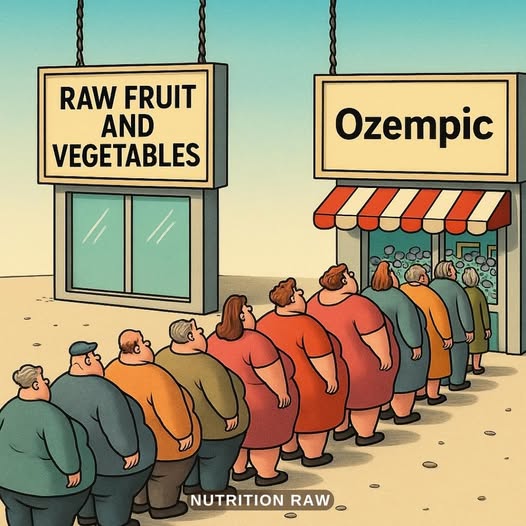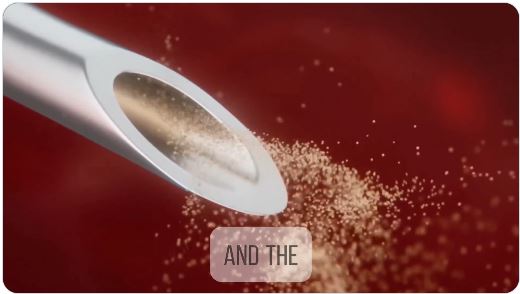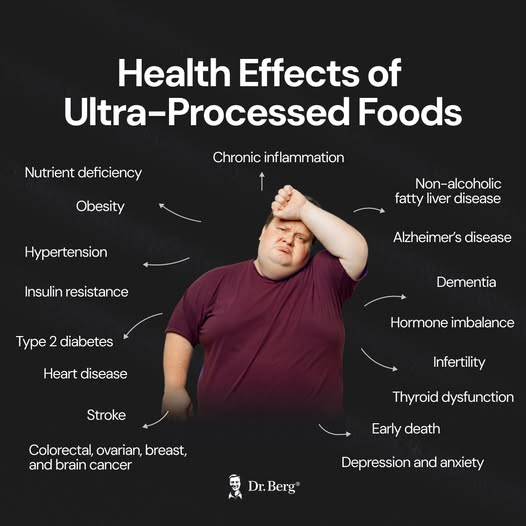
Which Sacrifice Will You Make?

The Sad Truth

Parasites In Vaccines

Watch video: https://x.com/parasitedetox/status/1971351630626074961
“Doctors” are not trained to diagnose parasites as a cause because the eggs are being systematically injected into our children directly through vaccines PARASITES IN VACCINES
This woman (Robin Goffe) and her husband are heroes in my book. “Historically, I found books that admitted that parasite eggs were put into vaccines , so we acquired vaccine vials and myself and my biologist husband opened the vials and under magnification indeed found not only mold, fungus, lyme rods and parasite eggs, but also other substances which looked like skin?
DNA from other people or species? A strong immune system can eliminate parasite eggs easily, but once a body is weakened parasite eggs can enter, develop and thrive. There were studies done on children giving them a lot of parasite eggs and they would time how long it took for the child to get pneumonia from the parasite larva evolving into their lungs. If the child perished it was considered a success.”
~ Robin Goffe Do you know how mad this makes me?
Biologists tested 24 draws out of a tetanus vaccines
21 showed things like un-identified parasite eggs, Lyme rods, fungus and more “goodies” that should NOT be in vaccines and alter turn INTO CANCER
This is also why not everyone has the same reaction to a vaccines It is like playing Russian Roulette… not sure what you might get “lucky” with. Many have symptoms that are ignored by doctors or get worse with doctors treatment plans which are dangerous bandaids… ! Sick people are BIG $
This is why it’s IMPORTANT to DETOX your body ! It doesn’t matter if the vaccine is 5-20 years old! DETOX YOUR BODY!
I have heard elsewhere that parasites are common. Here is some data and a course of action: https://healthelicious.com.au/Detoxification.html
https://www.healthelicious.com.au/NutriBlast_Anti-Parasite_Blend.html
ACOG On Acetaminophen

It is a shame people can go back and find what was posted on the internet in days of yore! If really limits you ability to lie and maintain credibility.
When a person is continually assaulted with evidence of twisted ‘science’, conflicts of interest, provably false information and outright lies, it is easy to understand why trust in MSM (Main Stream Media or Main Stream Medicine, take you pick) is plummeting.
Just as an aside, if you take Tylenol (Panadol in Oz has the same base drug) also check out the liver damage link.
Mouthwash Kills Mouth Microbiome…

…raises blood pressure, increases early onset Alzheimer’s and ED.
Video of how Pfizer’s “Pesky lipid nano particles” bio distribute.

This video illustrates how nanoparticles from the Covid jab are distributed throughout the body and to what locations.
Tom: I asked Grok what I could do to help the body remove them. Its reply was:
After reviewing peer-reviewed studies and databases (focusing on mRNA vaccine LNPs), there is no robust scientific evidence that any vitamins, minerals, herbs, or spices specifically dissolve, chelate, or accelerate the clearance of LNPs from the body. Claims circulating online (e.g., on social media or alternative health sites) often stem from anecdotal reports or extrapolations from unrelated lipid metabolism research, but they lack clinical trials or mechanistic studies tied to vaccine LNPs.
Time will tell.
Click to view the video: https://x.com/Humanspective/status/1971313415441576153
Health Affects Processed Foods

Check out my alternatives: https://healthelicious.com.au
Health Starts In The Gut – How To Improve Yours

One of, if not the most important factor that influences your overall
health, is in fact, your gut, or more specifically, the microbes that live
within your gut.
Here are some factors you can use to tip your gut health scales in the right direction.
1 High fiber foods
2 Prebiotics
3 Fermented foods
4 Probiotics
5 L-Glutamine
6 Digestive enzymes
7 Testing
8 Glutathione
9 Turmeric
10 Collagen
11 Melatonin
12 Water
Finish reading: https://content.app-us1.com/lAarz/2024/09/12/5063d822-9ae4-4120-8932-66899682ef98.pdf
The Mystery of Qi: A Verifiable Life Force or a Pseudoscience?

Before we discuss the theory, let’s do a practical exercise.
Close your eyes and get a picture of a cat.
Now, change the colour of the cat. If it was black, make it white. If it was white, make it black.
Now make it ginger.
Now make it grey.
How far out from your nose is the picture?
OK, Send it out to three meters.
Now make it three meters tall.
Now turn it purple.
Now give it green polka dots.
Now shrink it down to the size of a pin head and throw it over your left shoulder.
Now open your eyes.
There are three parts of man. Your body, including your brain, which is merely a mechanical switchboard and does not do any thinking.
Your mind, which is not an object but a function. It is the mechanism that produced the first cat you saw, probably a picture of an actual can you had seen at some point in the past. And that which you used to get the other coloured cats.
So, now the $64,000 question? Who was looking at the picture of the cat? (Answer that before you read on.)
If you said, “I was!” you are correct. You are not your body. You are not your mind. You are an immortal, indestructible spiritual being who uses the mind to run the body.
You can use the mind to call up pictures of the past, like the black or white cat. Or to create pictures from your imagination. Pictures like a three meter tall purple cat with green polka dots.
As a matter of fact, all you do, all you create, all you have, you first imagine, you create in your mind before bringing it into being in the physical universe.
Those pictures you create in your mind require a special form of energy to do so. The being that is you is not energy but an energy production unit.
This truth is not long hidden from view. For many thousands of year, until 1879, Western culture widely acknowledged the truth that you are not a meat body but a spiritual being. In that year the German Professor Wundt, under the influence of the militaristic Chancellor Otto von Bismarck, loudly proclaimed that man was an animal, not a spiritual being. He thus altered and perverted the name and the course of psychology. After all, ‘pysch’ comes from the Greek meaning ‘soul’, and ‘ology’ means ‘study of’. So psychology originally meant ‘the study of the soul’.
Now it appears to have little truck with that. More like studying rats and figuring out how to manipulate people.
Understanding this you have some idea of one reason why and where modern Western medicine has gone off the rails. After all, they full recognise the influence and power of the mind to alter experimental trials. That’s why they have what they call ‘double-blind clinical trials’, where neither the person taking the placebo or trial substance, nor the one administering it, have any idea who is getting the placebo or who is getting the substance being trialed. Yet they have not investigated and identified the source of this influence.
It took an atomic physicist who traveled amongst the wise men of Asia so had an extremely rare grounding in Western practicality and Eastern philosophy to thoroughly research the subject. What’s more, unlike many others who have tried to learn more about the spirit/mind/body combination, he was diligent in documenting his research.
One of his discoveries that fueled his purpose was when he totally disproved the idea that memories are stored in the physical brain. A commonly held belief early last century.
Memories are actually stored by the being in the mind which is a function separate from the physical brain and body.
He identified that a being stores everything that ever happens to him, while he is conscious, in a function he called the standard memory banks of the mind, bit like a computer hard drive, that is fully accessible to the analytical mind that you use to think with.
He identified that as you go through life you take 32 impressions per second of your environment. These are not just visual images. They also contain the commonly recognised other four senses, touch, smell and sound. The air temperature and moisture level, the feel of your clothes on your skin, the taste of food and drink, the sound of the bird ‘s wings as it flies close to you, the smell of the freshly cut grass, as well as things not recognised as senses but are nevertheless perceived. Things like how hungry you are, how full your bladder and bowels, the salinity level of your body, your perception of which compass direction you are facing.
He identified 57 different perceptics in all. You are aware of a lot more going on than they told you about in kindergarten!
You have enough cells in the brain to store only three months worth of these memories at 32 pictures per second. And last time I checked, most people can recollect a bit further back than three months ago.
You may have read stories of kids remembering exact names and events from previous lives. This is how those memories are stored by the being in the standard memory banks of the mind – completely independent of the genetic line and physical body.
It’s a fascinating subject, one I have spent a little spare time studying, OK, a lot, over the last 46 years.
If you’d like to know more, message me and I will point you to some reading materials.
